RNZ Nights' Sci Fi / Sci Fact
6 December, 2021
Can you build an Iron Man suit? Make Mithril in Middle Earth? Create Wolverine’s skeleton? Sci Fi / Sci Fact is a new RNZ podcast where a MacDiarmid Institute researcher takes an idea from pop culture to see how it stands up to scientific scrutiny. A spinoff of the popular science Materials: Fact or Fiction segment from RNZ’s Nights with Brian Crump.
Every episode takes an idea from pop culture to see how it stands up to scientific scrutiny, with a different guest scientist for every episode. The podcast series features the best segments from the past two years,
Nights host Bryan Crump says that one of the great things about Sci Fi/Sci Fact is the link between science and the imagination, between the empirical and the hypothetical..
Listen in to hear some of New Zealand's brightest scientific minds discuss the merits of pop culture plot-drivers.
Sci Fi/Sci Fact is available on Fridays from 10 December at rnz.co.nz/scifi, Spotify, Apple, iHeartRadio and wherever you get your podcasts. Listen to the trailer. New episodes of the radio segment and podcast will return in late January.

Sci Fi/Sci Fact - Axonite
Professor Bill Williams, former MacDiarmid Institute Principal Investigator discusses Axonite from Dr Who - a 'thinking' material that can replicate any substance and spreads itself across the cosmos to feed itself.
July 18, 2023
Sci Fi/Sci Fact - Nth Metal
Professor Penny Brothers, Emeritus Investigator at the MacDiarmid Institute and Professor of Chemistry at the Australian National University gives us her scientific take on Nth Metal from DC Comics, a hyper-conductive metal that has the ability to negate gravity, allowing a person to carry objects 20-70 times heavier than normal and to fly. 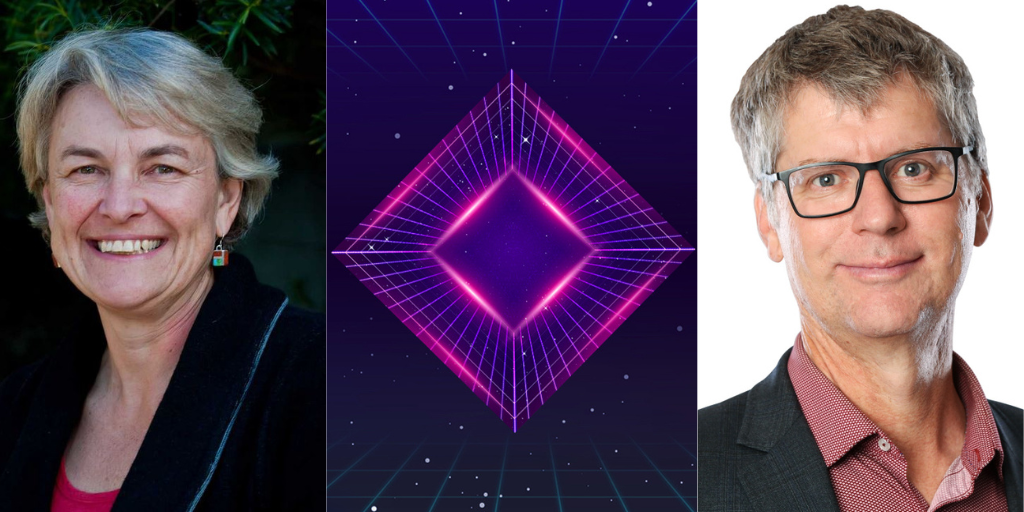
July 11, 2023
Sci Fi/Sci Fact - Philote
Philote, from the Ender's Game series, is a particle that can travel faster than the speed of light and enable instantaneous communication across vast distances. Bryan Crump speaks to Dr Krista Steenbergen, MacDiarmid Institute Associate Investigator and Physics Senior Lecturer at Victoria University of Wellington, to find out how plausible such a particle could be.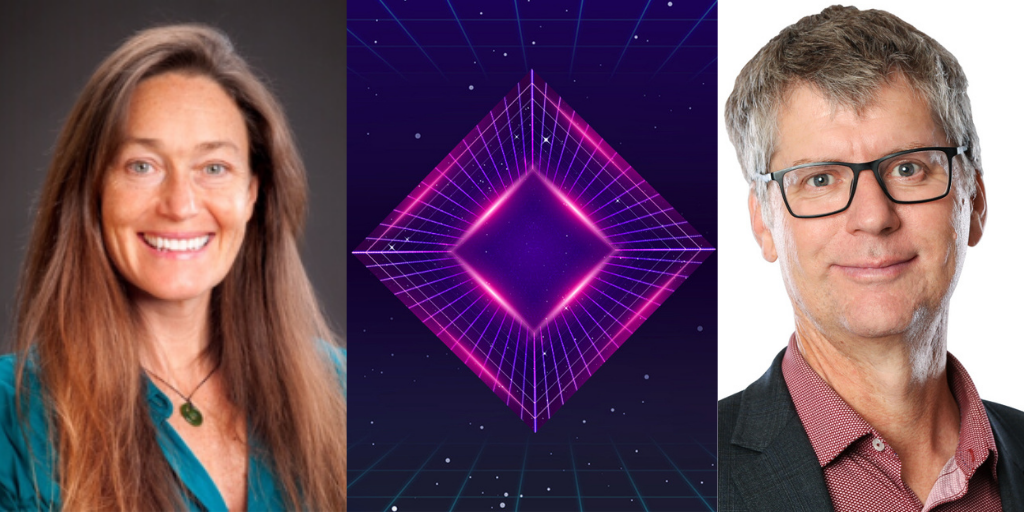
July 4, 2023
Sci Fi/Sci Fact - Zero Point Energy
Professor Cather Simpson Emeritus Investigator with the MacDiarmid Institute and a Professor of Physics & Chemistry at University of Auckland investigates Zero Point Energy from The Incredibles. She tells Bryan Crump that Zero Point Energy is a REAL thing, but that the writers of The Incredibles might have stretched the truth of it somewhat.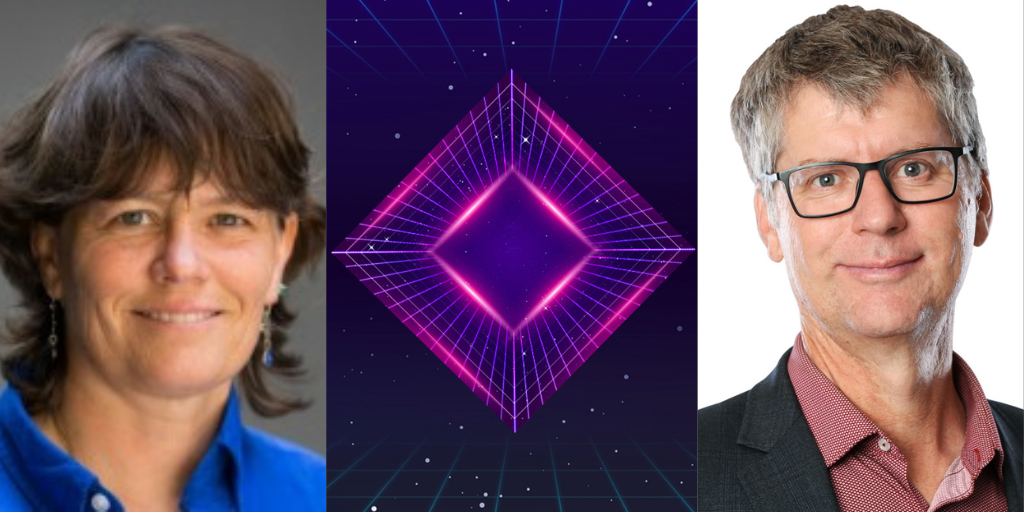
August 8, 2023
Sci Fi/Sci Fact - The Multiverse
The multiverse is a hypothetical group of multiple universes. Together, these universes comprise everything that exists: the entirety of space, time, matter, energy, information, and the physical laws and constants that describe them.
Professor Nicola Gaston, MacDiarmid Institute Co-Director and Professor of Physics at the University of Auckland explores the science behind the multiverse.
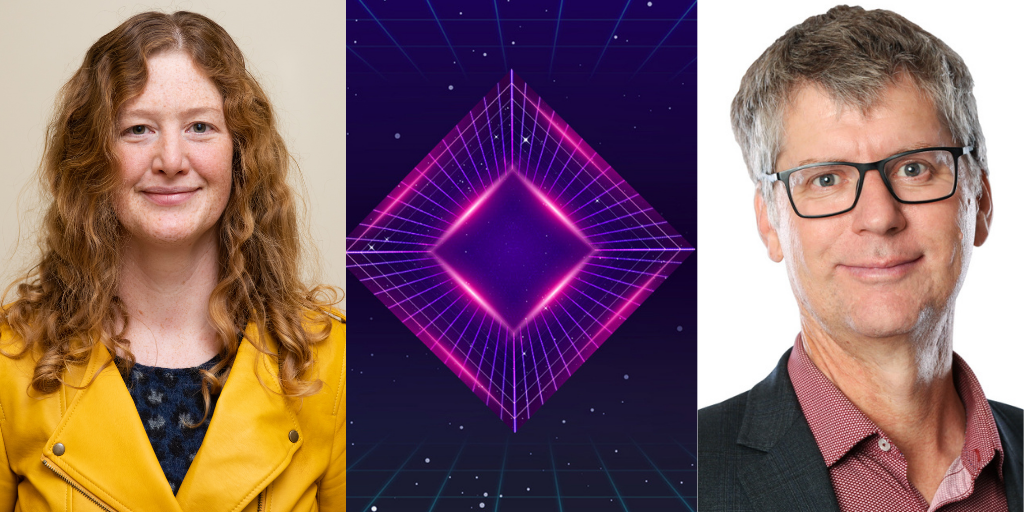
July 2, 2022
Sci Fi/Sci Fact - Supernovae
A supernova (pl. supernovae or supernovas) is a powerful and luminous stellar explosion that occurs during the last evolutionary stages of a massive star or when a white dwarf is triggered into runaway nuclear fusion. Supernovae have been featured in many works of fiction.
Jan Eldridge, Associate Professor of Physics at the University of Auckland explores the use of supernovae (or exploding/dying stars) in fiction.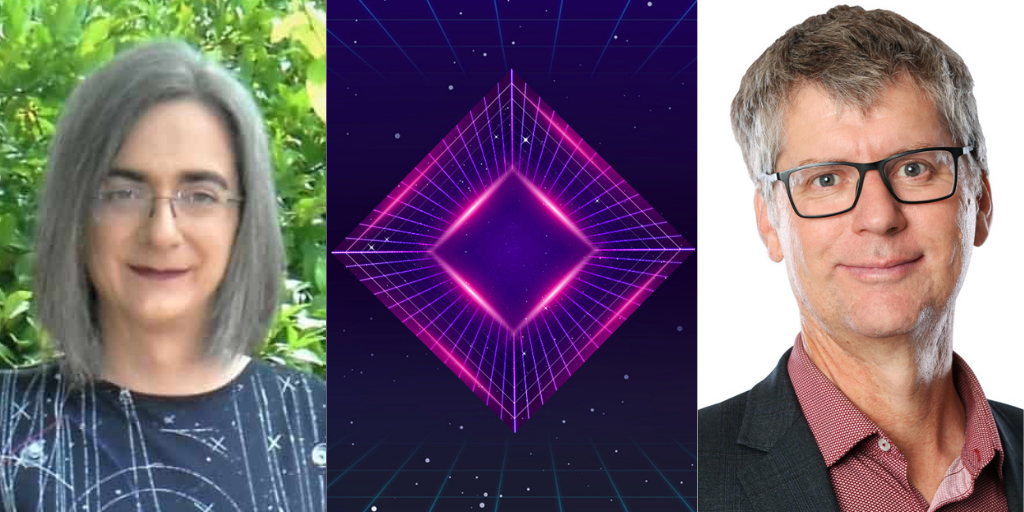
April 16, 2022
Sci/Sci Fact: Magic Wands
Magic Wands have been used in storytelling for hundreds for years. From the traditional 18th Century Ballad, Allison Gross, CS Lewis’ 1950 novel, The Lion The Witch and the Wardrobe, to more recently in Disney’s Fantasia and, of course, the Harry Potter franchise.
Principal Investigator Dr Natalie Plank is a Senior Lecturer in Physics in the School of Chemical and Physical Sciences at Victoria University of Wellington. This week on Sci Fi/Sci Fact, she investigates the power of the magic wand and we learn some great tricks to try at home.
"With your ruler or any other rod or thing that you can find, put some charges on it with your jumper and then run your tap at home and then if you put the rod close to the tap, have a look at what happens to the water – how that moves – and that can tell you a little bit about what’s going on there."
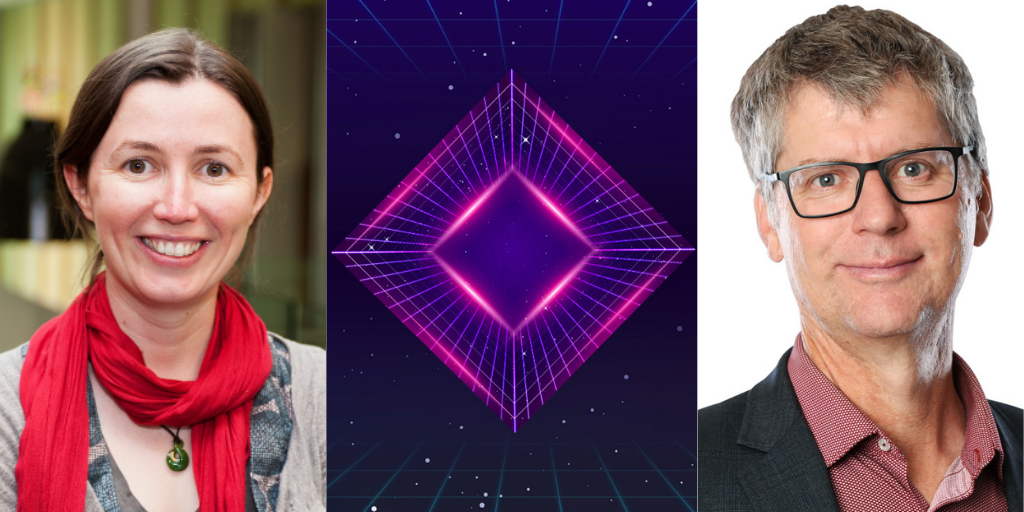
March 8, 2022
Sci Fi/Sci Fact - Star Trek: Turnabout Intruder
Turnabout Intruder is the twenty-fourth and final episode of Star Trek. In the episode, a woman switches bodies with Captain Kirk and then tries to take over command of the Enterprise.
Jan Eldridge, Associate Professor of Physics at the University of Auckland on the facts behind the fiction of the Star Trek mind-swap episode - Turnabout Intruder.
"I work in astronomy where we go and look at the Universe and we study these explosions, and how the Universe evolves, and stars evolve and it’s so wonderfully complex. And then you suddenly realise, oh hang on… us individually, and our society, and the way we interact are wonderfully, beautifully complex as well."
April 23, 2022
Sci Fi/Sci Fact - Dragonriders of Pern
In the a science fantasy series by author Anne McCaffrey, the planet of Pern has been colonised by humans who have lost much of their technology and history due to periodic deluge of a destructive spore called Thread. The Pernese use intelligent fire-breathing dragons to fight Thread with the human rider developing a telepathic bond with their dragon.
Professor Nicola Gaston, MacDiarmid Institute Co-Director and Professor of Physics at the University of Auckland talks about Dragonriders of Pern science fantasy series written by American author Anne McCaffrey.
"Things like Lithium, potassium, sodium – they’re not uncommon metals, but they’re very rare in metallic form on this planet simply because we have an oxygen atmosphere so the idea that in rock form they could be chewed and produce a gas that is flammable… potentially."
April 16, 2022
Sci Fi/Sci Fact - Brothers Grimm: Rumplestiltskin
Rumpelstiltskin is the story of an imp who spins straw into gold in exchange for a girl's firstborn.
In this whimsical episode, MacDiarmid Institute Principal Investigator and Professor of Chemistry at the University of Auckland, Duncan McGillivray tries to work out how Rumpelstiltskin made straw into gold.
"I wouldn’t weave cloth out of gold. Partly because it’s not a very strong thread and partly because it would be incredibly heavy."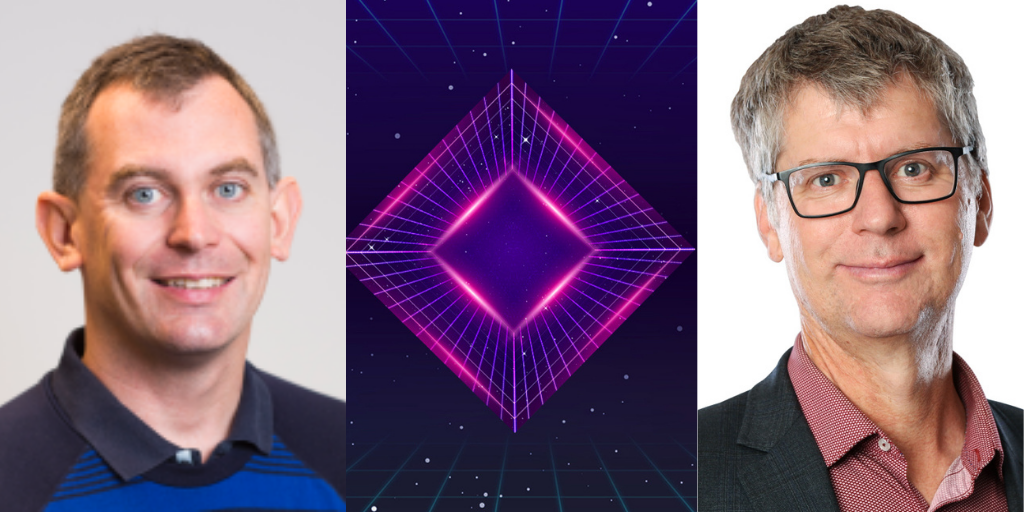
April 9, 2022
Sci Fi/Sci Fact - Dune: Stillsuit
A stillsuit is a full body suit designed to preserveand recycle the body's moisture. Its various layers would absorb the body's moisture through sweating and urination, filtering the impurities to make drinkable water enabling the wearer to survive for weeks in the open desert of the planet Arrakis.
Associate Professor Geoff Willmott, MacDiarmid Institute Deputy Director for Commercialisation and Industry Engagement and Associate Professor of Physics at the University of Auckland speaks to Bryan Crump on the stillsuits from Dune; the water-saving suit that recycles sweat and other fluids for survival in the Deep Deserts of Arrakis.
"We know we can do this. There’s stuff starting to come out now whereby energy can be generated by people walking around, that is stored in batteries and can be used to power things."
April 2, 2022
Sci Fi/Sci Fact - The science behind Batman
Isn't every belt a utility belt?
In tonight's episode of Sci Fi/Sci Fact University of Canterbury Postdoctoral Fellow in Physics, Dr Rodrigo Martinez Gazoni investigates the Batman franchise and the science behind the wide variety of gadgets featured in it. 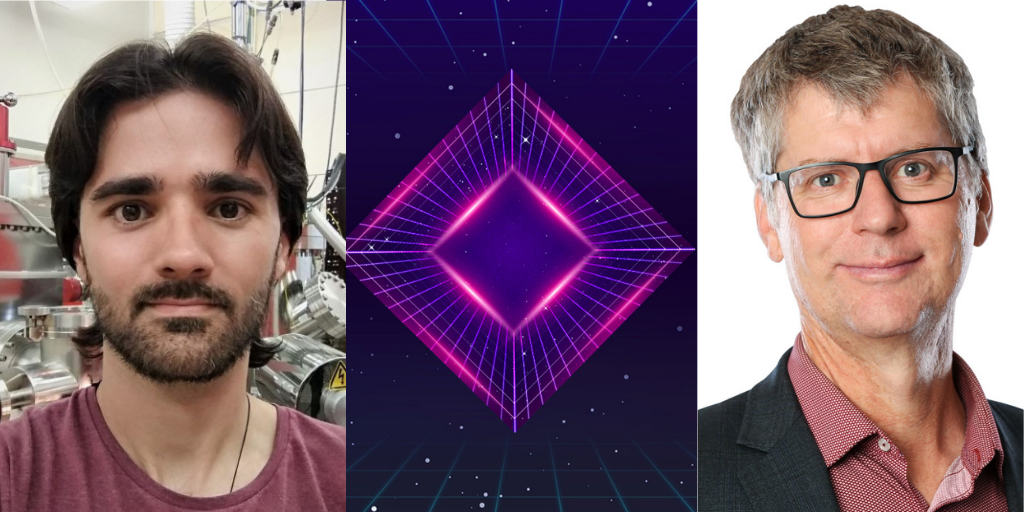
March 29, 2022
Sci Fi/Sci Fact - Lord of The Rings: Mithril
Mithril is a fictional metal found in the writings of J. R. R. Tolkien. A very rare and expensive metal in Middle-earth, it is described as resembling silver, being stronger than steel but as light as wool.
Gandalf: “Bilbo had a shirt of Mithril rings that Thorin gave him.”
Gimli: “Oh, that was a kingly gift.”
Gandalf: “Yes! I never told him, but its worth was greater than the value of the Shire.”
Dr Chris Bumby, MacDiarmid Institute Principal Investigator and Senior Scientist at the Robinson Research Institute of Victoria University of Wellington regales Bryan with scientific tales of Mithril from Lord of the Rings.
"We're in the mines of Mordor here. We're right down in the deep depths of the earth. Who knows what's going on down there?"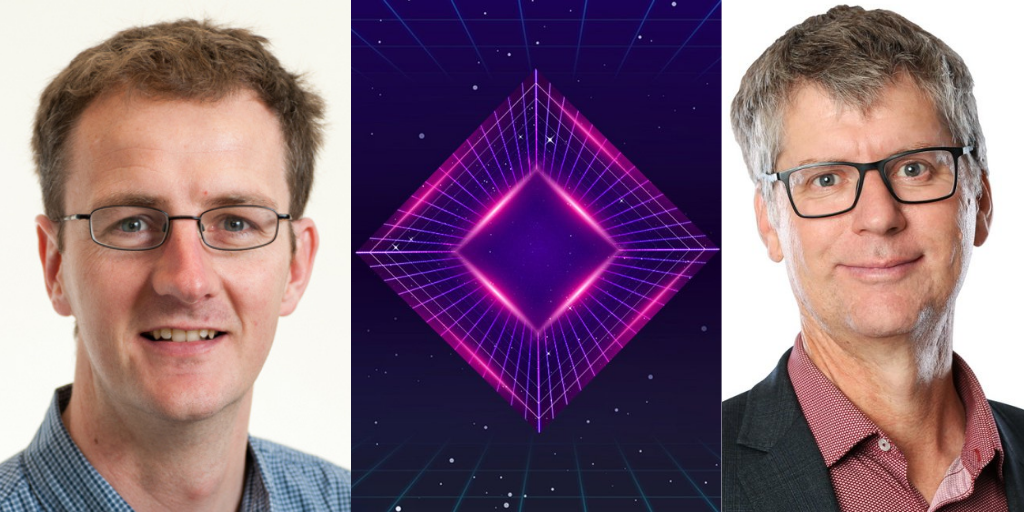
March 26, 2022
Sci Fi Sci Fact - Tinfoil hats in Sci-Fi books and movies
Professor Justin Hodgkiss, MacDiarmid Institute Co-Director and Professor of Chemistry at Victoria University of Wellington talks to Nights' host Bryan Crump about Tinfoil hats in Sci-Fi books and movies.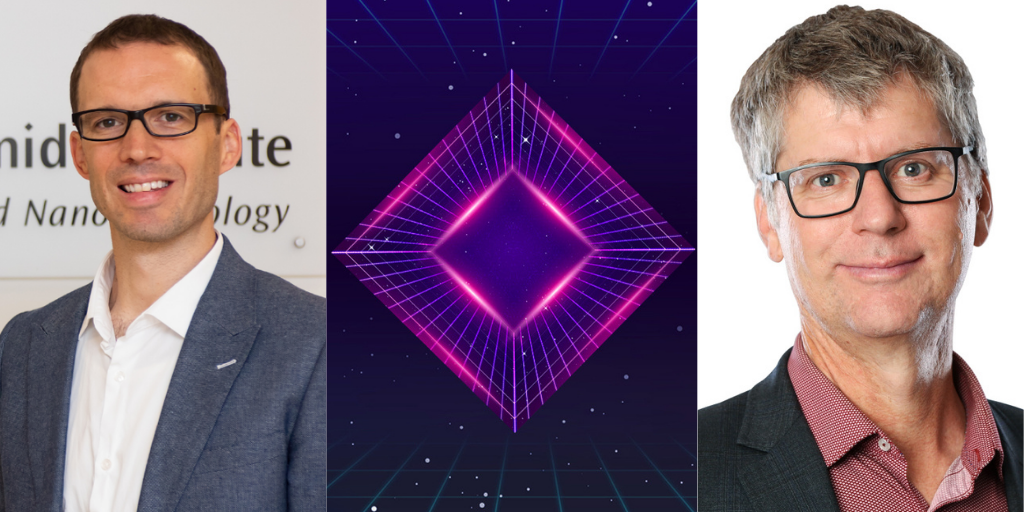
March 22, 2022
Sci Fi/Sci Fact - Star Wars: Mandalorian Iron
Mandalorian iron, also known by its Mando'a name of beskar, was an extremely durable iron ore whose only known source was the planet of Mandalore and its moon, Concordia. Mandalore was inhabited by warriors who mined their planet for this rare and valuable metal, using it in the creation of weapons, armor, and starships.
Associate Professor Catherine Whitby from Massey University, and MacDiarmid Institute Associate Investigator, to talk about Mandalorian, the super light and super strong material in Star Wars, and its equivalent in this galaxy, Kevlar.
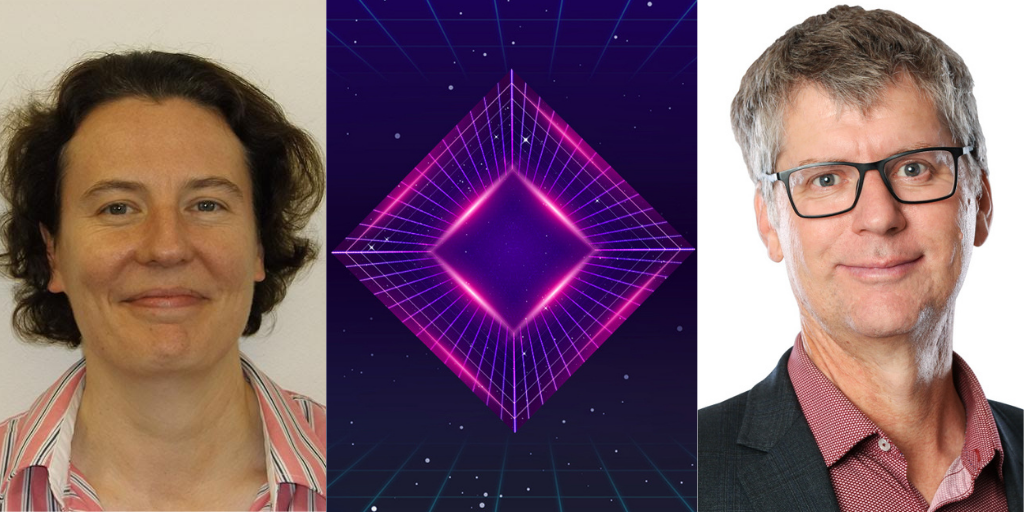
March 24, 2022
Sci Fi/Sci Fact - Star Wars: Lightsabers
The lightsaber in the Star Wars franchise is the weapon of the Jedi. It can be used to cut through blast doors or enemies alike. It requires skill and training to use, and is greatly enhanced when used in conjunction with the Force.
Professor Justin Hodgkiss, Co-Director of the MacDiarmid Institute talks to Bryan Crump about the scientific feasibility of Star Wars' lightsabers.
"It would be dangerous; it would cut things. It would Basically electrocute you and if you were going to carry this thing that is a really high voltage power supply around, then you’re probably better off just electrocuting your opponent."
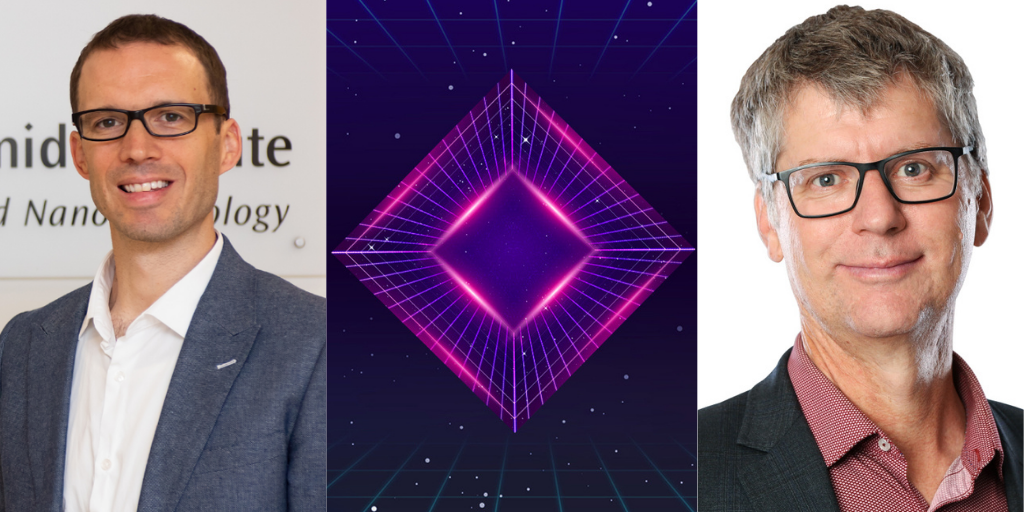
March 12, 2022
Sci Fi/Sci Fact - Futurama: Jumbonium
Jumbonium from Futurama is a very rare, valuable and fictional element with atoms large enough to be seen with the naked eye. The Jumbonium atom was used for the Miss Universe competition, where it hovered above the prized tiara.
Dr Nate Davis, MacDiarmid Institute Associate Investigator and Senior Lecturer in Physical Chemistry at Victoria University of Wellington explains jumbonium as: "It’s about a tennis-ball-sized atom, and then around that you see the electrons orbiting, as you would sort of imagine what an atom looks like... if you haven’t got a chemistry degree, because that orbit is actually unstable."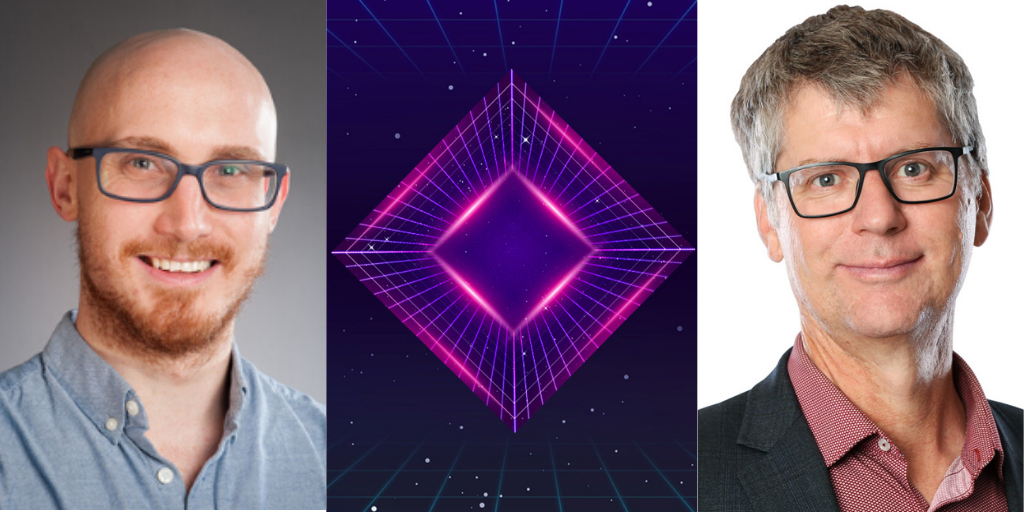
March 8, 2022
Sci Fi/Sci Fact - Marvel: Ironman's Suit
Tony Stark first put on the Iron Man suit in 1968 and it's changed a lot over the years. While it has always enabled Stark to fly and wear an arsenal, more recently the suit has been able to repair itself.
Principal Investigator, Catherine Whitby, an Associate Professor in Chemistry at Massey University, said self-repairing materials are kind of the "holy grail" for scientists.
And she said nature is a key inspiration.
"It's kind of like a shell that’s got this incredible strength and an ability to protect Tony from all sorts of situations," said Dr Whitby, "And we’re actually starting to try and imitate these kinds of shells that already form in nature.”
“In some cases, some animals can repair their shells. In other cases, an animal sometimes has to shed it and grow a new one."
Scientists are now working making materials that might start to approach self-repairing.
“It’s pretty early days on the self-repairing but we’re already having a lot of success on mimicking bio-mineralisation in the lab,” Dr Whitby said.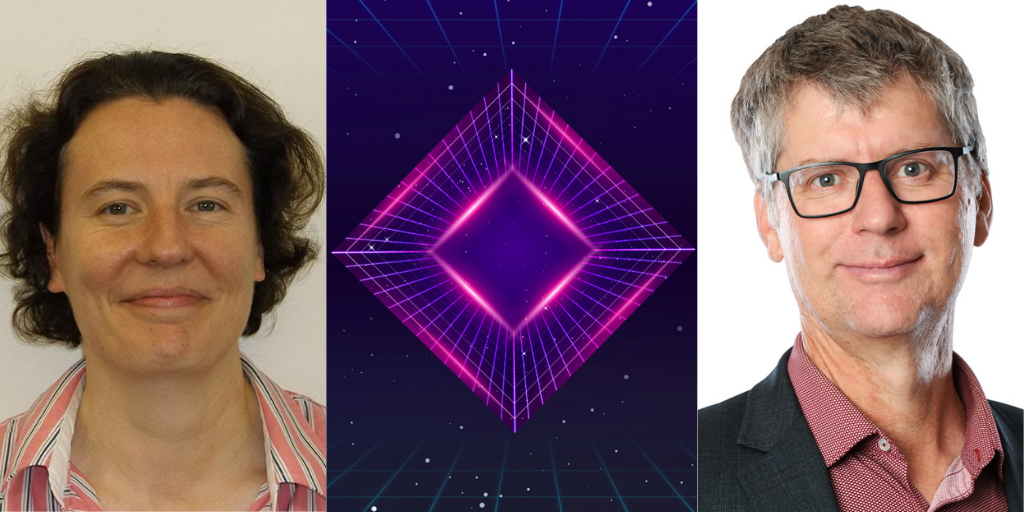
January 7, 2022
Sci Fi/Sci Fact - Santa: How does he do it?
On December 24, every year, Santa Claus piles his sleigh up with presents, he hitches Rudolph and his other reindeer up and heads off to deliver those gifts to every child in the world. How?
JJ Eldridge, Associate Professor in Physics at the University of Auckland said if she was Santa, she would start with cloaking technology, which would explain why no one ever sees Santa dropping off the presents, and there is already a bit of this tech in development.
The ability to cover the whole world in one night gets trickier, but JJ said it is not outside the realms of possibility.
"One of the most difficult things about physics is you have to kind of throw out everything you understand from your own eyes and ears about how the world works," she said, "Because when we go down to the very small level, the quantum mechanics level, things get a bit strange."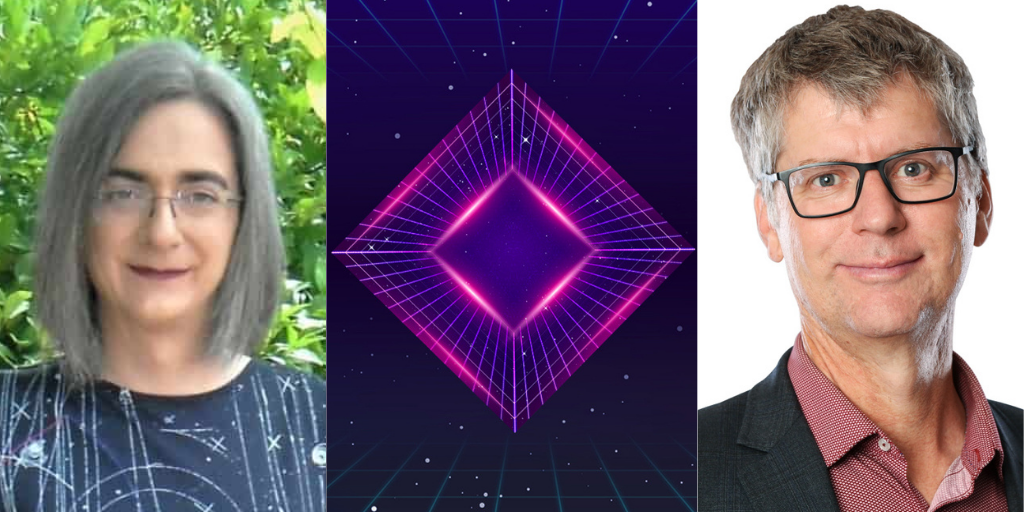
December 24, 2021
Sci Fi/Sci Fact - Back to the Future: Time travel & Hovercars
Dr Rodrigo Martinez Gazoni, Research Fellow at the University of Canterbury fact checks the science behind Back to the Future, from flying cars to time travel.
Dr Martinez Gazoni was too young to watch the movie when it first came out, but once he saw the film he couldn't wait for 2015 when we would have flying cars.
"Here we are six years later and I still haven't seen [hovercars]," he said.
But he believes hovercars could become a reality if we really wanted them.
"I'm very optimistic. I'm absolutely sure that we will be able to do something like that in the next ten years."
But Dr Martinez Gazoni warns they might not be the dream solution to our transport problems.
"The problem will be traffic. Not traffic jams, but traffic itself. It would be really, really dangerous."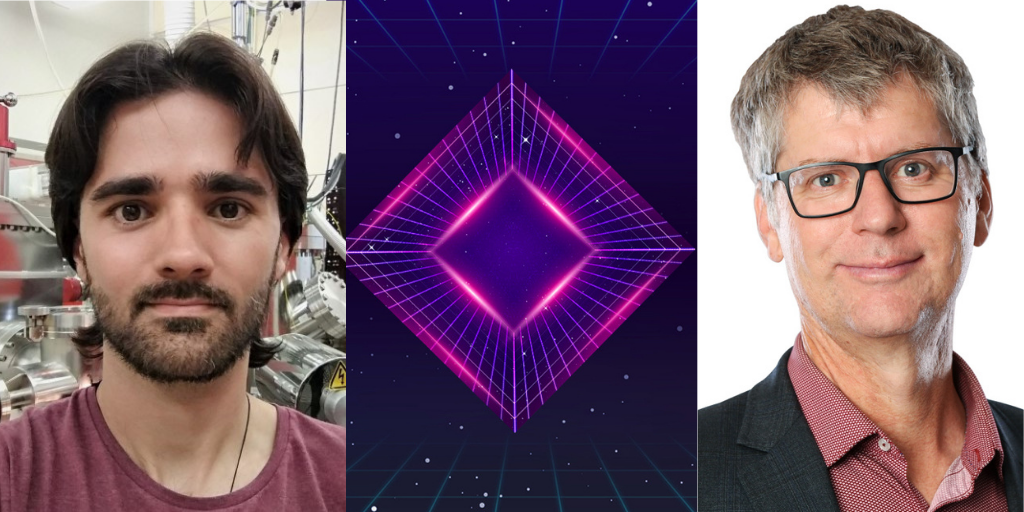
December 17, 2021
Sci Fi/Sci Fact - Xmen: Wolverine's Adamantium Claws
Marvel's Wolverine first appeared in 1974. He is a gruff Canadian mutant who joins the superhero league of X-Men. Wolverine has super healing abilities and claws that come out when he's angry, which catch the attention of shady military figures who try to turn him into a weapon by fusing Adamantium to his skeleton.
Associate Investigator Dr Chris Bumby, Principal Scientist at Victoria University of Wellington’s Robinson Institute, gives us his scientific take on Adamantium.
He says adamantium appears to be strong, tough and hard which in scientific terms each have very specific meanings. And about the the time Marvel began writing the Wolverine stories, titanium technology was really taking off.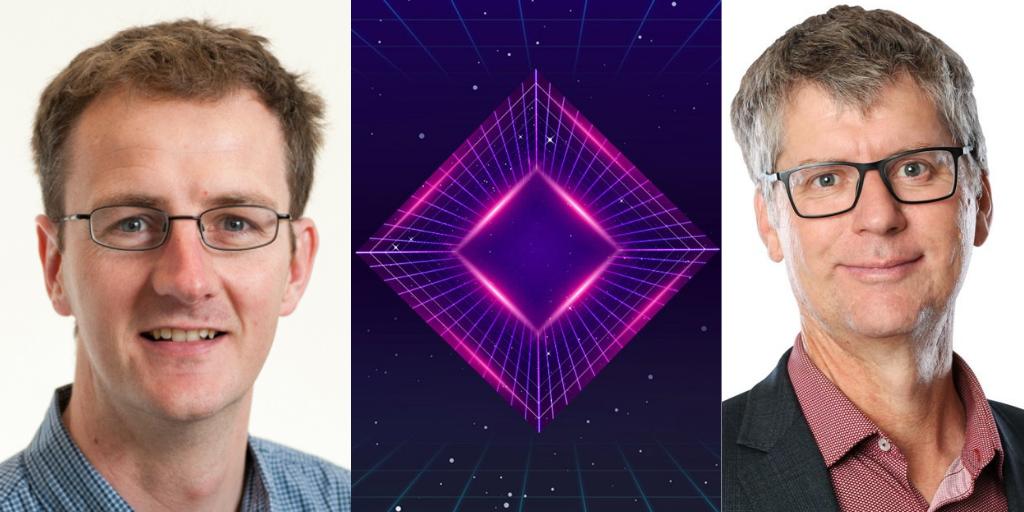
December 10, 2021
Sci Fi/Sci Fact - Star Trek: Dilithium Crystals
Dilithium crystals enable the Starship Enterprise to enter warp speed and travel across the universe. Without them, matter and anti-matter in the warp core would create an annihilation reaction. Or would it?
Dr Krista Steenbergen, Associate Investigator and Physics lecturer at Victoria University of Wellington said if you squeeze lithium down it becomes a dilithium solid. And she said anti-matter is a very real thing too
"We can play around with it, particularly in particle accelerators," she said, "It is a thing that if you collide matter with anti-matter, a big one would be an electron and a positron, you get an annihilation and a large amount of energy."
December 10, 2021
Sci Fi/Sci Fact - Flubber: Fun or Frightening?
If we take the 1997 version on Flubber, it is a fluorescent green, slimy-looking rubbery substance with endless energy. It defies the laws of physics and if it was real could be a terrifying prospect.
When something bounces it looses energy every time it hits the ground, but Dr. Nathaniel Davis, Associate Investigator and Lecturer in Physical Chemistry at Victoria University of Wellington said there are two ways something could get around this basic scientific principal.
"One is it has some form of internal energy that it's releasing," he said, "kind of like a battery. Or it's somehow absorbing energy on each bounce."
Dr Davis said there is some evidence that Flubber absorbs energy from around itself and that prospect is terrifying.
"It's going to be bouncing around the universe taking all the energy and never stopping until there's no energy left."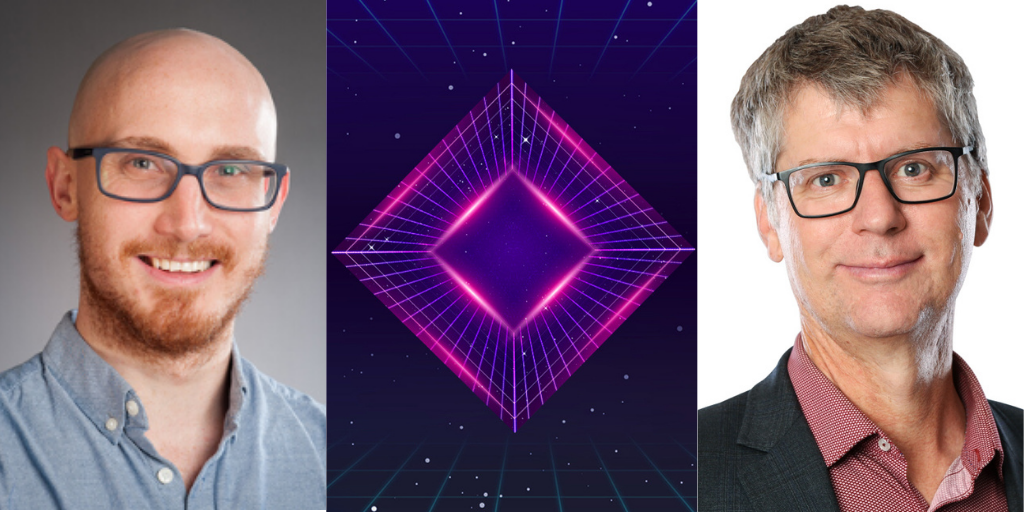
December 10, 2021
Sci-Fi/Sci-Fact - Ironman's Arc Reactor
James Rice is a PhD student researching superconducting power supplies for fusion energy applications at the Robinson Research Institute at Victoria University of Wellington, where he works closely with MacDiarmid Institute Principal Investigator, Dr. Chris Bumby. - He gives us his scientific take on Ironman's Arc Reactor.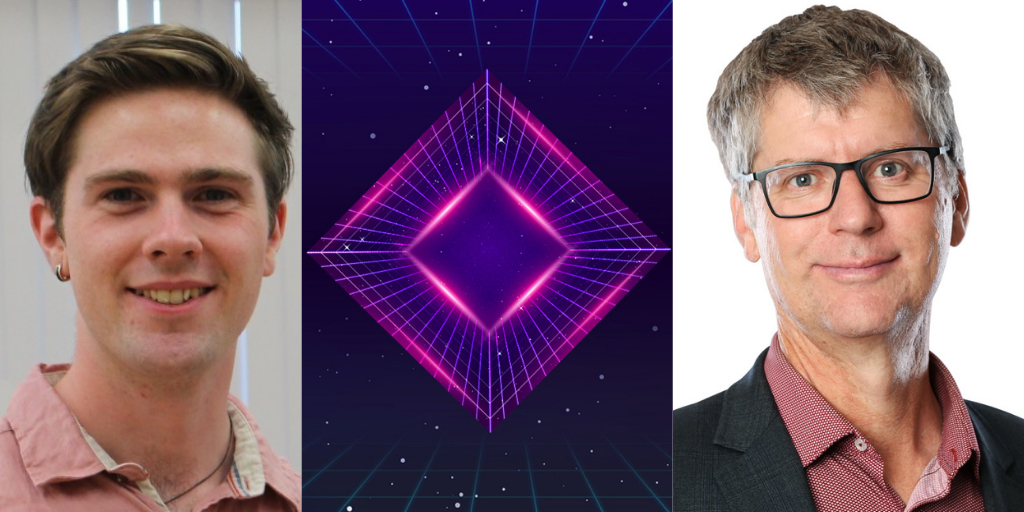
December 9, 2021


